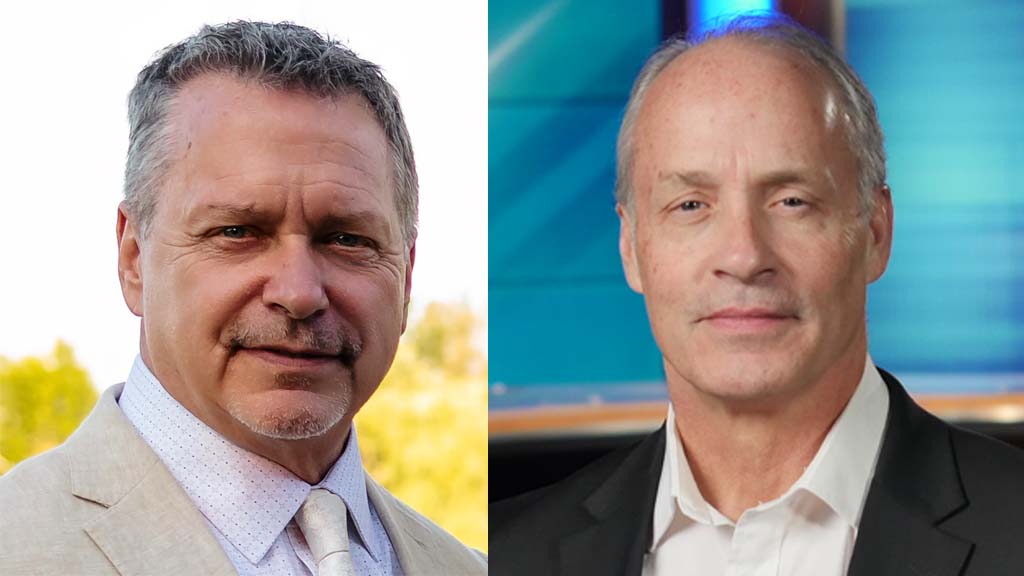The Transition Up North
Despite pockets of reception problems that continue to plague some areas of the United States, more than a year after U.S. broadcasters transitioned from analog to all-digital, most broadcasters would probably agree that the transition was a success. Of course, one might not have been so confident in the days leading up to the analog shutoff—especially in the government’s response—but much of the handwringing over the public’s reaction ended up being unwarranted.
And that’s the case in much of the world where broadcasters have made the transition. Unfortunately for Canada, the transition to all digital broadcasting is creating some turbulence that could only get worse as our northern neighbor approaches its analog shutoff one year hence.
“A fascinating mess,” is how one broadcast executive described Canada’s current state of preparedness for the Sept. 1, 2011 transition deadline. As was the case in most other transitions worldwide, broadcasters are concerned about financing the digital buildout coupled with a tepid government response to consumer education and a lack of leadership. “In every other country where a digital television transition has been planned, the national government has played the pivotal leading role,” broadcast consultant Wayne Stacey told TV Technology in our p. 1 story. “But in Canada, the government is ‘missing in action.’ No one is in charge, there’s no money to aid the broadcasters and public, and no real plans to explain why this is all happening and when.”
Canada has had almost as much time as the U.S. in preparing for the transition, adopting the ATSC standard in 1997, less than a year after it was approved by the FCC. And the general assumption from Canadian broadcasters and regulators was to take a “wait and see” attitude and observe how its southern neighbor approached the transition. But so far, the country’s broadcast regulators have not moved forward on public education initiatives, nor made any attempt to push for public financing to help consumers purchase digital decoders. According to the Canadian Radio-television and Telecommunications Commission, Canada’s version of the FCC, approximately 826,000 to 857,000, a small fraction of the country’s 34 million inhabitants who rely solely on over-the-air TV, but like elsewhere, those figures don’t take into account the vast number of households with second and third sets not connected to cable, satellite or telco.
Such concerns are not new. More than two years ago, CRTC chair Konrad von Finkelstein in a speech to the 2008 Broadcasting Invitational Summit criticized the country’s broadcasters for “dragging their heels” in preparing for the transition. “My great concern is that the industry will not be ready,” he said, according to Tech Media Reports. “There will be requests for delays and we will have a crisis on our hands. This must not be allowed to happen.”
Like their Canadian counterparts, U.S. broadcasters had to finance the digital buildout themselves. However, as the transition progressed, our industry dedicated such expenditures with the understanding that the transition was a partnership with the federal government, which took the initiative to end the sale of analog sets, underwrite the cost of converter boxes and finance an extensive public education program. And in the end, the results were better than many of us had expected. If there was one “lesson learned” that our northern neighbors can take away from the U.S. experience, it’s that partnership is key to a successful transition.
The professional video industry's #1 source for news, trends and product and tech information. Sign up below.
